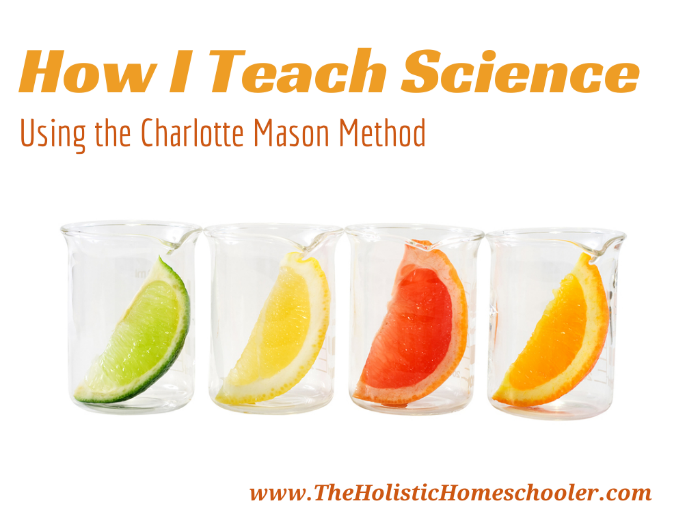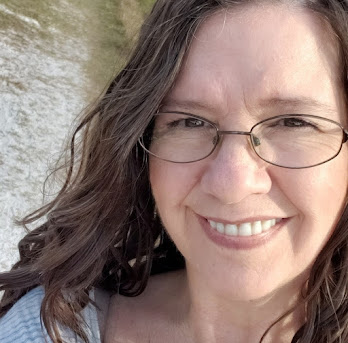 |
| Original Photo Credit |
This is day #3 in my series on "How I Teach to Multiple Ages Using the Charlotte Mason Method." We're talking about science today.
If you'd told me 20 years ago I'd be teaching science, I'd have laughed.
It's not that I didn't like science in school. I didn't dislike anything in school. With a photographic memory, school was easy for me. Even though I enjoyed my science classes, somehow I never thought of myself as a science-y kind of girl. I still don't.
I enjoy earth science, biology and that sort of thing, but science geek or science nerd does not describe me.
My girls love science. They're not science geeks or nerds either. Yet. We'll see. But they do enjoy and grasp the concepts easily. Alexis enjoys physics while Lorelai just wants to know everything about everything.
- Where does wind come from?
- If it rain comes from lakes and oceans and it always rains, why doesn't the earth run out of water?
- How does sand become glass?
{This post may contain affiliate links.}
Teaching Science to Multiple Ages
Science is a subject we include in both our individual and family studies.Family Studies
When the girls were younger, I used a lot of living books and some basic nature study books. I read them aloud and had the girls narrate. As the girls have grown older, they read on their own, of course. (See my list of book suggestions.)
In addition to living books, we've used a couple of texts or eBooks. I really enjoyed the 106 Days of Creation at Simply Charlotte Mason. While the religious beliefs of the authors are different from my own, we were able to use the suggested scriptures, filter out some of the books and take part in the fun activities. That was years ago.
Individual Studies
Now we use Apologia. Again, we take what we can use and toss out what we can't. At the very least, it's an opportunity to pause and discuss what others believe versus what we belief - the similarities and differences.
Apologia is written in a living book style, fitting in perfectly with our Charlotte Mason education. I also appreciate that my children can do science labs using common items found around the home.
In addition to Apologia textbooks, we use the Apologia Lapbook Journals from Knowledge Box Central. This isn't exactly a lapbook but has some elements of lapbooks. Keeping this notebook helps create a science diary of sorts and a great study and reference tool.
What We Use for Nature Study
Nature study is a part of science. My favorite part. We use NaturExplorers unit studies for this.These unit studies contain hands-on activities, living book suggestions, poetry, artist and picture study references, composer and music study references, notebooking pages and much more. Using several subjects to learn about one thing is a very Charlotte Mason style of studying. We love it!
What do you use for science? Any favorite books or texts? Share in the comments.
I'm participating in the Winter 2014 Hopscotch. Visit the page
and be sure to click on all the posts being shared
by the other bloggers of iHomeschool Network.
Never miss a post! Subscribe here.

Need more assistance?
Schedule a consultation today.
Never miss a post! Subscribe here.



Science for my kids in k-8th grade is almost completely self-directed, unless I find an interesting activity to do with them. My 9th grader uses Lifepac science, which she finds dreadfully boring. She's chosen to use Astronomy through Art next year.
ReplyDeleteAstronomy through Art? That sounds interesting! My 10-year-old loves astronomy.
Delete